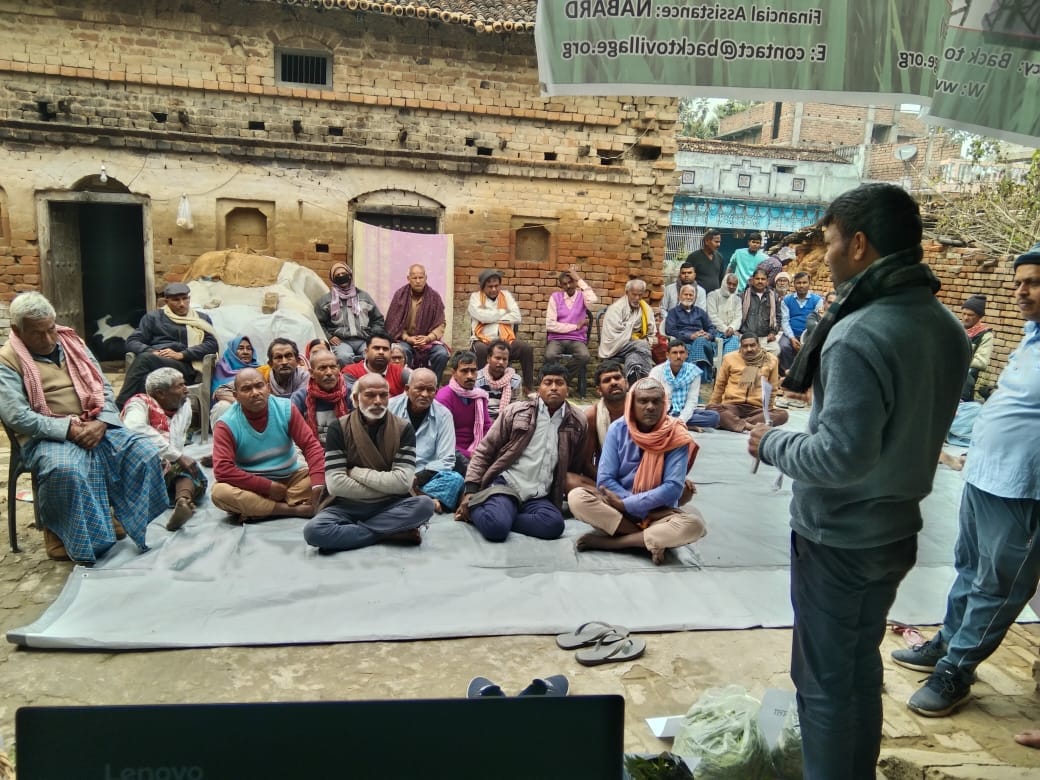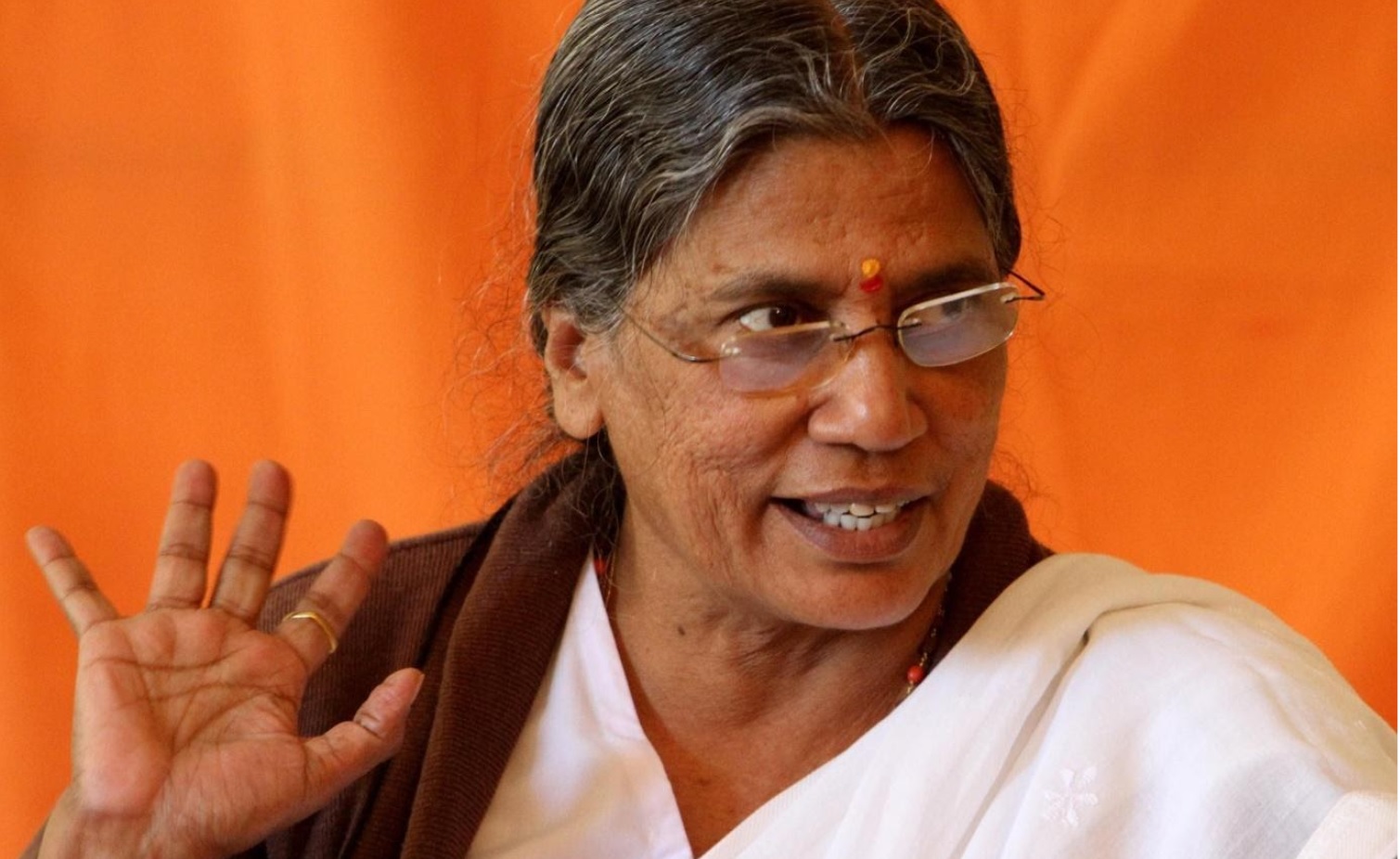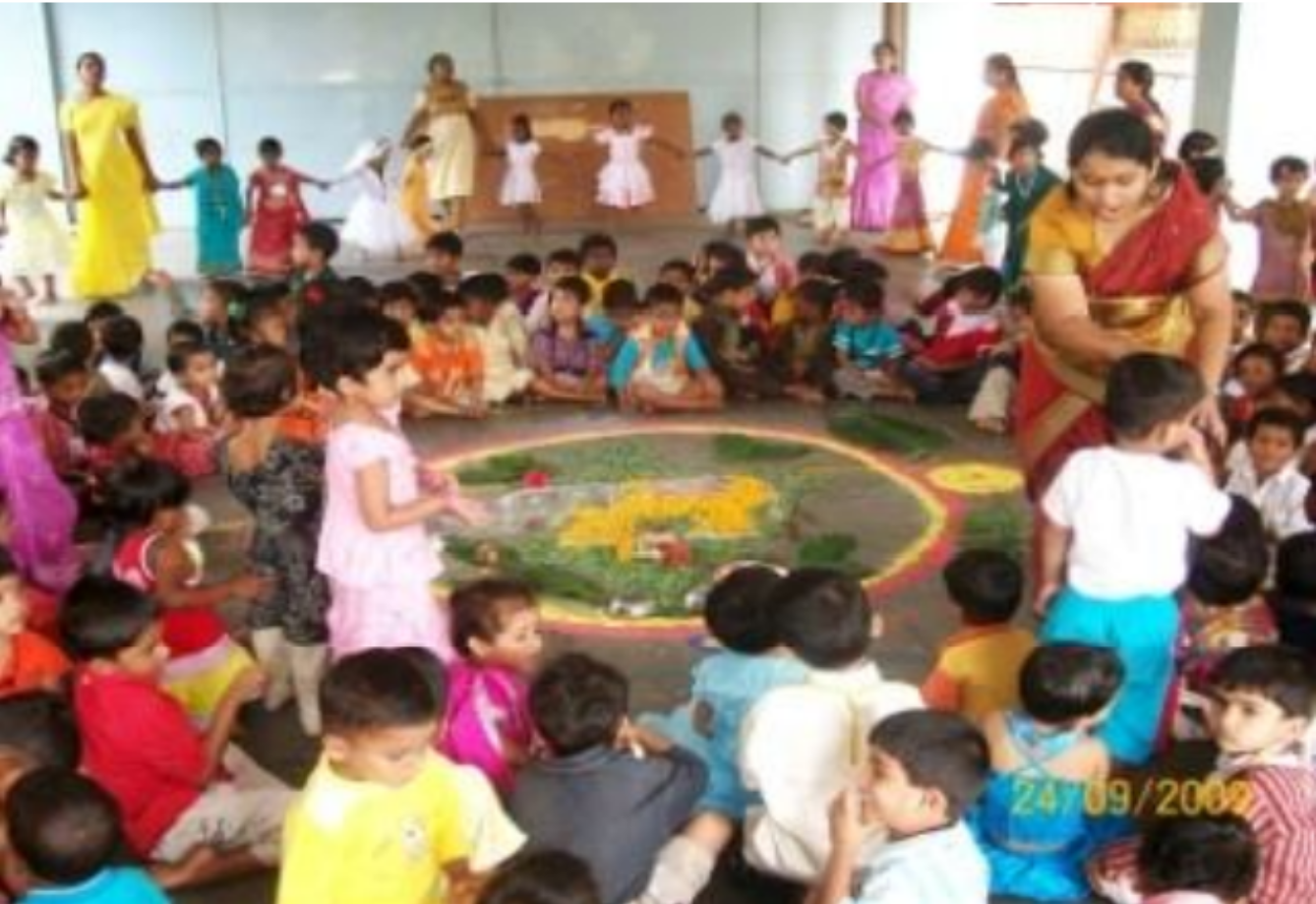From an IIT qualifier to a changemaker, Manish Kumar has set out to make a difference in India’s rising villages. In 2016 Kumar started Back to Village, a local and non profit organization, working for the growth of rural villages and ensuring proper practices and easier accessibility towards the farming communities. Today, this small initiative is changing the lives of farmers, making a name on a national level and working to fulfill the basic needs and development of farmers. Kumar in an interview mentioned that “the only aim was to do something noteworthy for the nation. All the problems being faced by the farmers can be solved if the youth steps back into the village”. He noted “In Back to Village (B2V) organization we educate the youth about the importance of education and staying in a village and educating the farmers”. Today, Kumar is striving to ensure proper practices and easier accessibility towards the farming communities. His work has continued to inspire many volunteers, activists, community leaders, and public associations around the world.
Kumar is native of Bihar, where he completed all of his primary education. In his childhood, he moved around quite often and eventually lived in eight places by the time he was in tenth grade. He used to take tuition for Sanskrit and learned about IIT there. Despite scoring average in 12th grade board exams, Kumar continued his determination and efforts for the IIT exams, which he was successfully accepted into later on. Following his acceptance, he decided to study at the prestigious IIT Kharagpur in West Bengal. The idea of Back to Village came from the idea of what India actually is – a country that is mainly rural. In an Interview with us, Kumar made sure to add that “[India] isn’t what the Bollywood movies make it to be at all.”
What inspired Kumar?
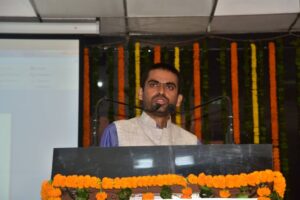 Kumar explained to us the poverty in rural India. He said he often wondered how people survived each day, and how they planned for tomorrow when they had practically nothing at all. Kumar compared this to him as a college student, “We used to complain about having to eat Bread with Chai during college. But these people never complained about anything, when all they had was simply just rice and salt.” This contrast that he constantly saw and thought about brought a change in his mindset and the urge to do something for the rural people. He along with his friend Shashank started an organization named Vihat. He eventually left, co founded B2V.
Kumar explained to us the poverty in rural India. He said he often wondered how people survived each day, and how they planned for tomorrow when they had practically nothing at all. Kumar compared this to him as a college student, “We used to complain about having to eat Bread with Chai during college. But these people never complained about anything, when all they had was simply just rice and salt.” This contrast that he constantly saw and thought about brought a change in his mindset and the urge to do something for the rural people. He along with his friend Shashank started an organization named Vihat. He eventually left, co founded B2V.
Work of Back to Village (B2V)?
Back To village (B2V) empowers and educates farmers on local issues regarding crops and the market. B2V and its volunteers go to local villages and promote the techniques of organic and natural farming styles, while also discouraging the use of harmful chemicals that may deplete the soil. Through methods such as presenting videos, speaker series, and distributing funds and money to towns, B2V aims to decrease the negative effects of chemicals on farmland, ensuring greater sustainability and the safety of an ecosystem. While these initiatives may be short term, they leave a great impact on communities, allowing them to grow and become more aware of farming practices. Through the efforts of B2V Kumar mentions in another interview with a newspaper that “‘The farmers earned Rs 1000 per kattha with an investment of Rs 400. For wheat, they used to invest Rs 350 and reap 50 kg produce per kattha, earning Rs 400 to 500,’” said Kumar. The farmers were able to increase produce and value based on the suggested techniques of Kumars initiative, allowing them for a sustainable farm. Outside of the village outreach, Back To Village spreads awareness of environmental safety throughout the urban community as well. By doing so, B2V ensures the proper usage of chemicals and products, as well as encourages locally grown food, as opposed to foods containing preservatives. B2V instills old farming values, resulting in a sustainable environment during the expansion of urbanization.
How did farmers receive it?
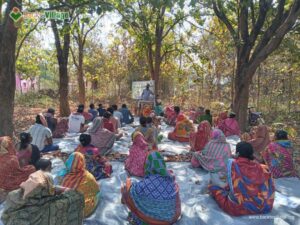 When the farmers were first told about the initiative, Kumar told us that they were doubtful about it because many thought it was a scam. They were suspicious as to why strangers were coming to help them become better and more successful. That is the reason why Kumar and his coworkers had to prove their credibility to the farmers. Although it took a while for the farmers to trust the initiative, Kumar did not give up in his efforts to help the farmers.
When the farmers were first told about the initiative, Kumar told us that they were doubtful about it because many thought it was a scam. They were suspicious as to why strangers were coming to help them become better and more successful. That is the reason why Kumar and his coworkers had to prove their credibility to the farmers. Although it took a while for the farmers to trust the initiative, Kumar did not give up in his efforts to help the farmers.
More than the initiative itself we found the urge within Kumar to go back and help his fellow rural folk, very inspiring. “How can we contribute to the cause?” we asked Kumar. He told us that whether we were from India or abroad, we can contribute to its efforts by taking part in simple activities. To start with, we could work to ensure we are practicing sustainable methods to save water, energy and our consumption. In urban localities, shopping from farmers markets, home gardens and organic farming techniques, could be small steps to help out. If you are in India, Kumar told us, we could visit the B2V centers and join as a volunteer to help the effort. Apart from all this the simplest way that we thought we could start with was to give our practices a little consideration to ensure environmental safety and sustainability.

Anvi Shevade
Anvi is a 10th grader from Naperville, Illinois. She likes reading, writing, poetry, running track, and biology.

Charvi Seeta
Charvi is a 9th grader from Mason, Ohio. She like Tennis, Reading, Writing, and spending time with her friends and family!

Sejal Verma
Sejal is a 11th grader from Pittsburgh. She likes playing tennis, painting, and doing henna.

